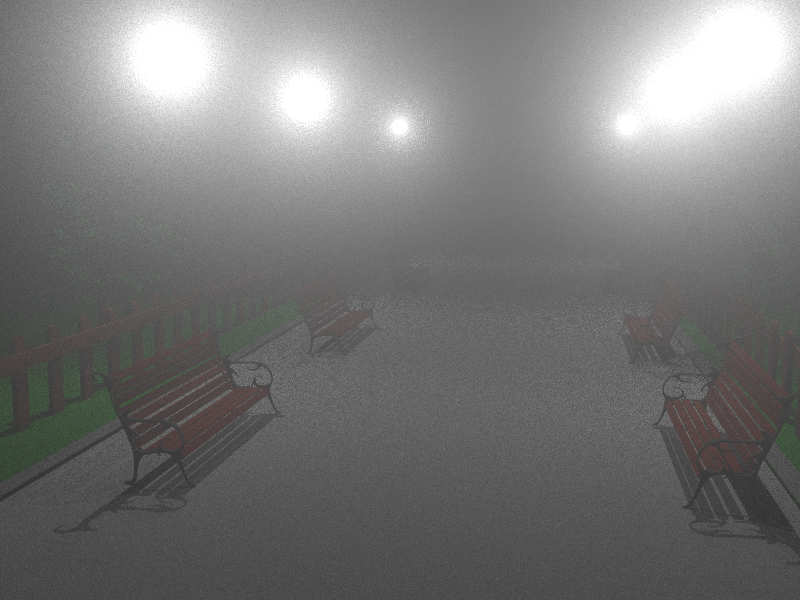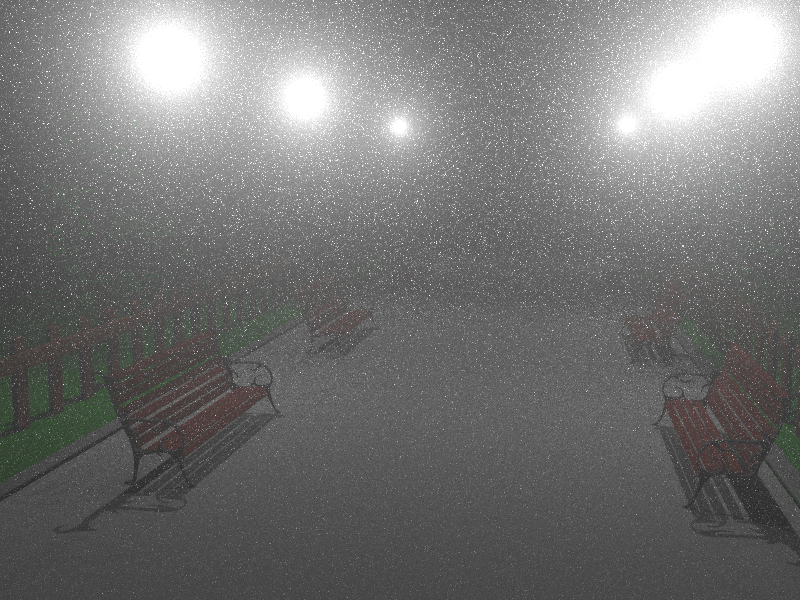Joint path sampling: image comparison
Below we demonstrate the integration of our new path sampling techniques into unidirectional path tracing, bidirectional path tracing, as well as the virtual ray lights method. We compare our results against the traditional (i.e. original) versions of these algorithms. For anisotropic media we use the Henyey-Greenstein phase function with scattering anisotropy g=0.9. In the image labels, "X-conn." refers to "X-random-decision connections", as designated in the paper. Note that each individual comparison (i.e. image pair) has been tone mapped slightly differently.Jump to method:
Tip: Move the mouse over the images to compare the algorithms on specific parts of the scene.
Note: The images on this web page take approx. 18MB in total, so the page may take some time to fully load.
Unidirectional path tracing
▲ Isotropic (top) and anisotropic (bottom) homogeneous medium, single & double scattering (path lengths 1-3), 30 min
▲ Isotropic (top) and anisotropic (bottom) homogeneous medium, path lengths 1-8, 120 min
▲ Anisotropic heterogeneous medium, single & double scattering (path lengths 1-3), 480 min
▲ Anisotropic homogeneous (top) and heterogeneous (bottom) medium, single & double scattering (path lengths 1-3), 30 min
Bidirectional path tracing
▲ Anisotropic homogeneous medium, path lengths 1-3 (top, 30min) and 1-8 (bottom, 240min)
Virtual ray lights
▲ Anisotropic homogeneous medium, correlated (top, 10min) and uncorrelated (bottom, 2min), single & path lengths 1-3
◄ back to the publication web page
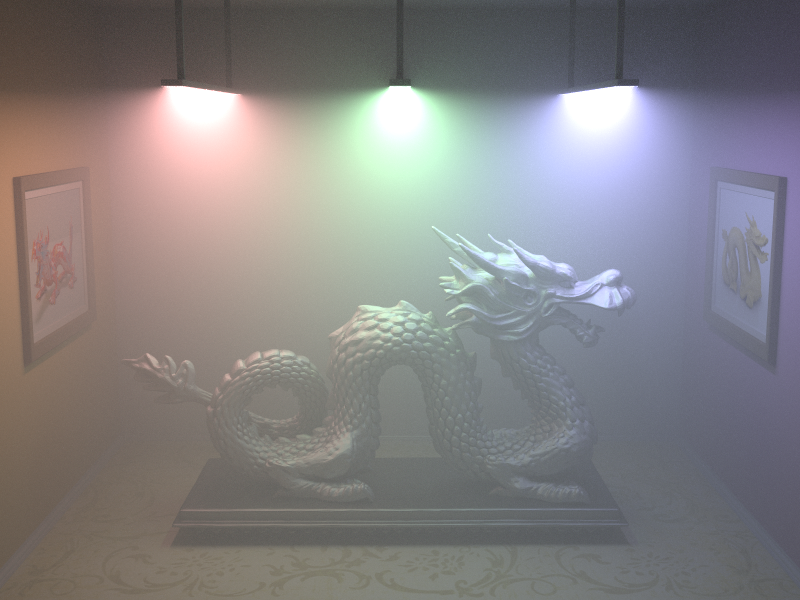
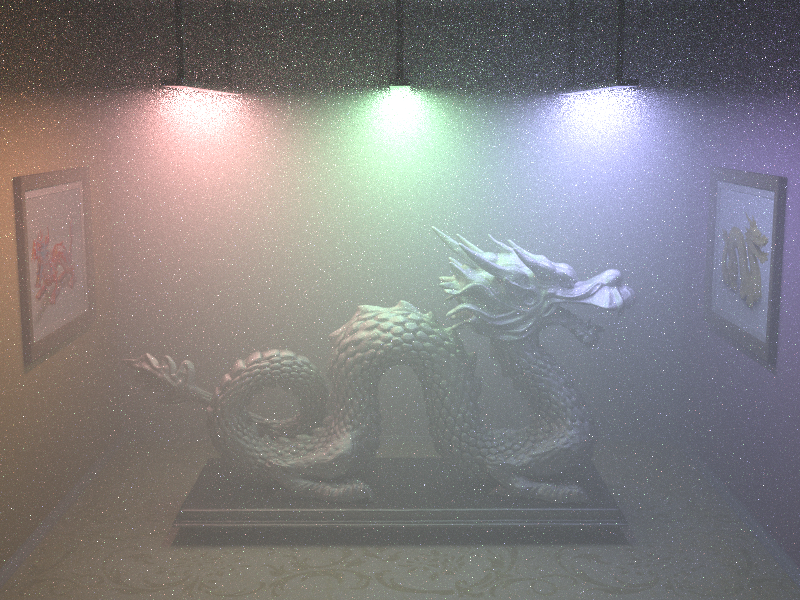
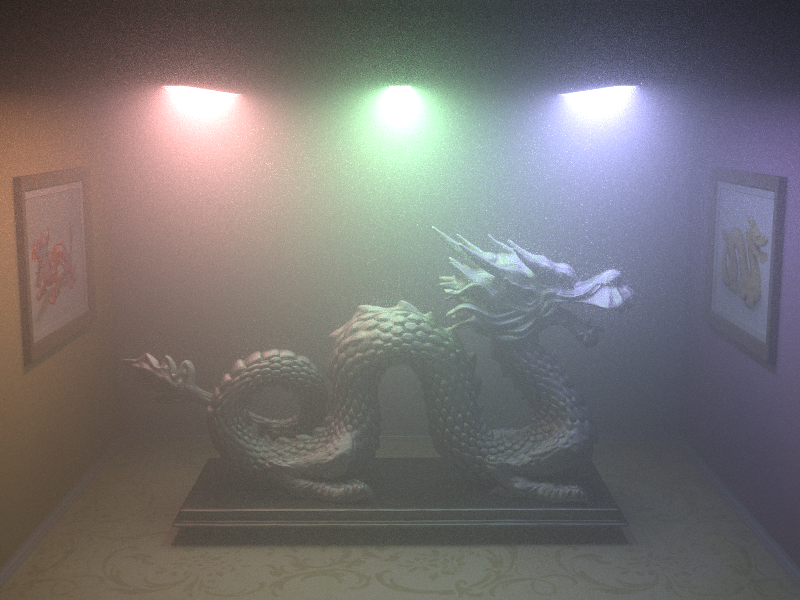
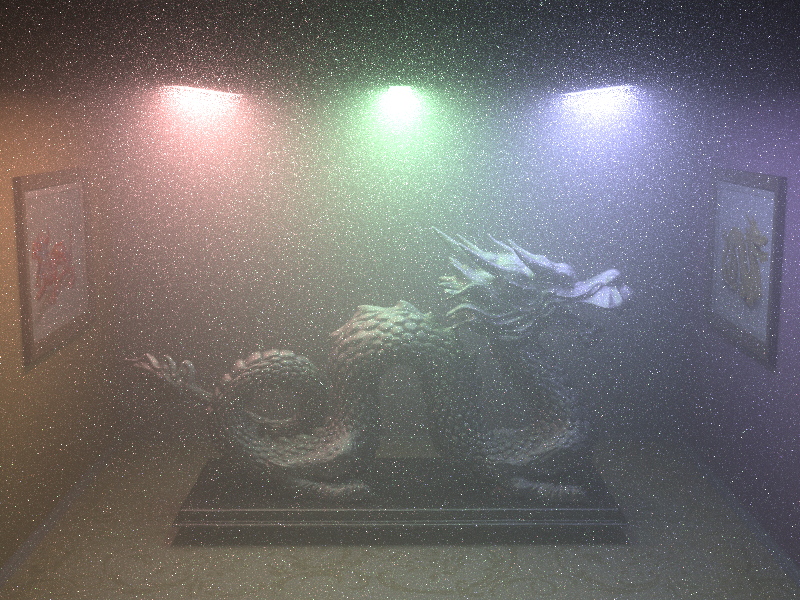
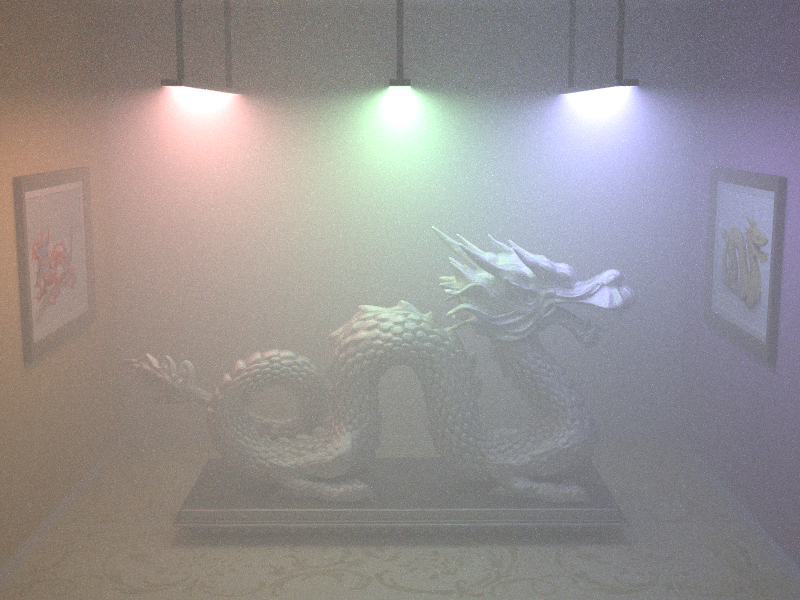
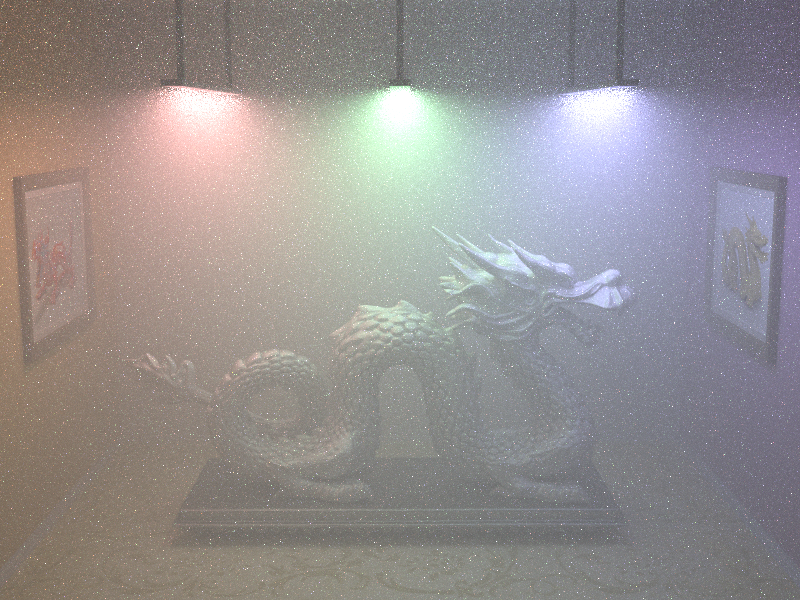
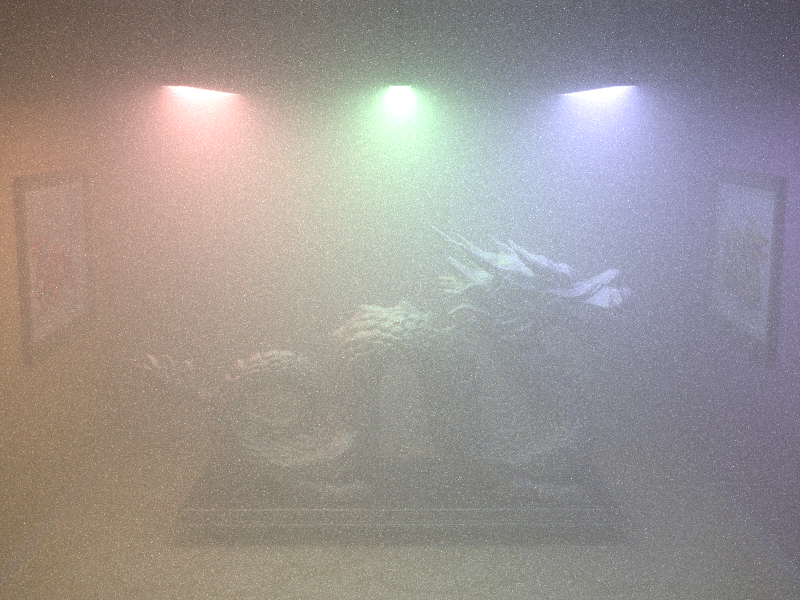
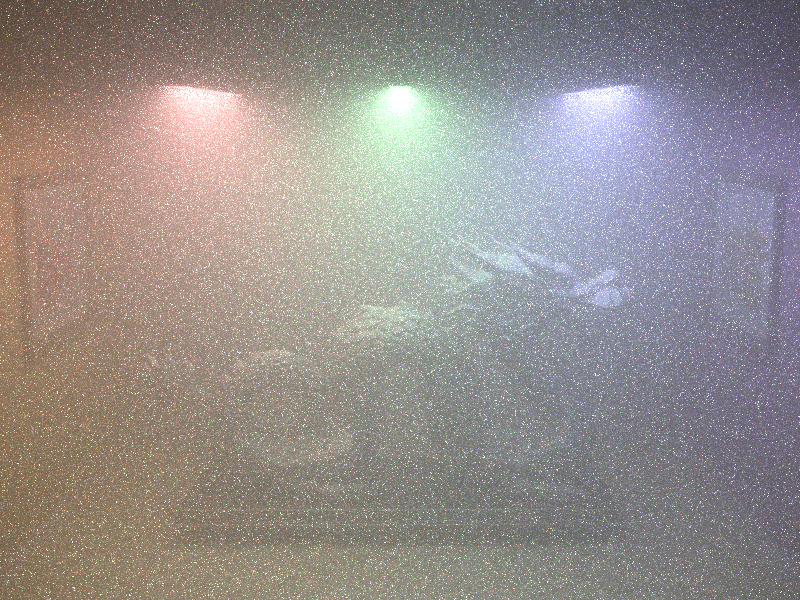
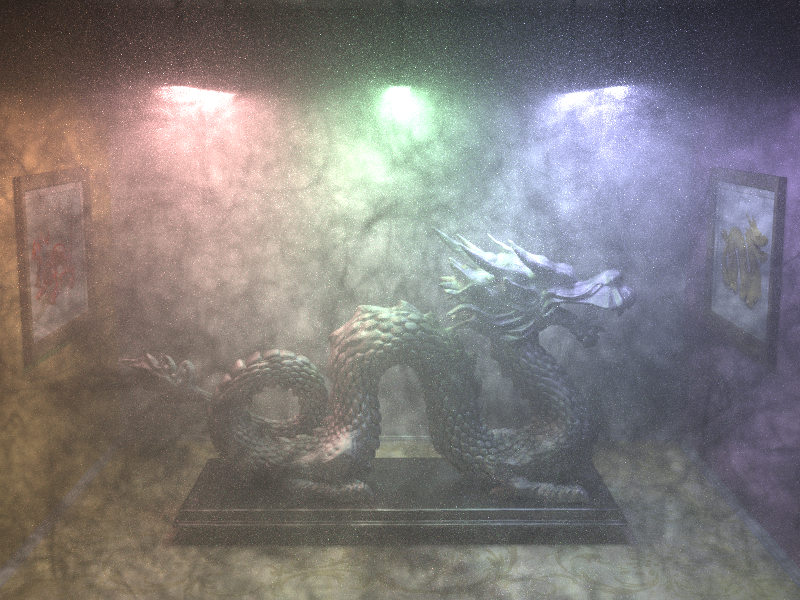
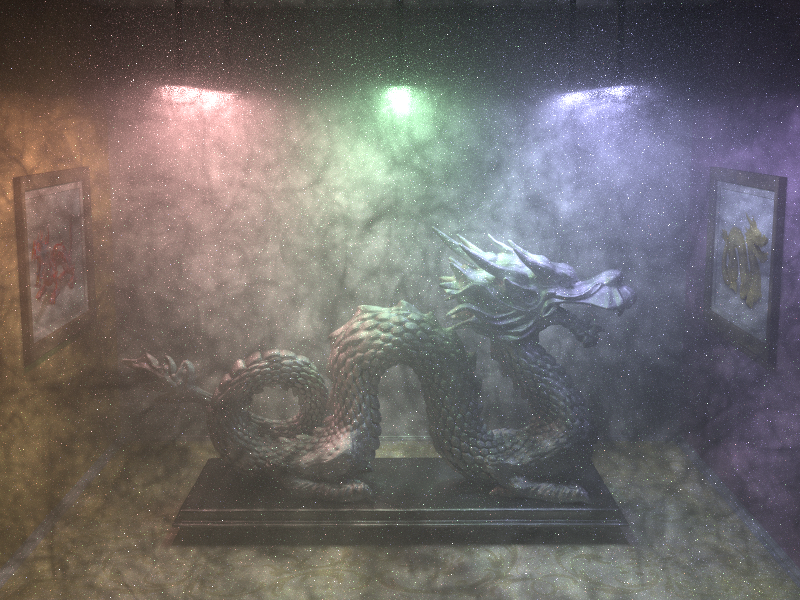
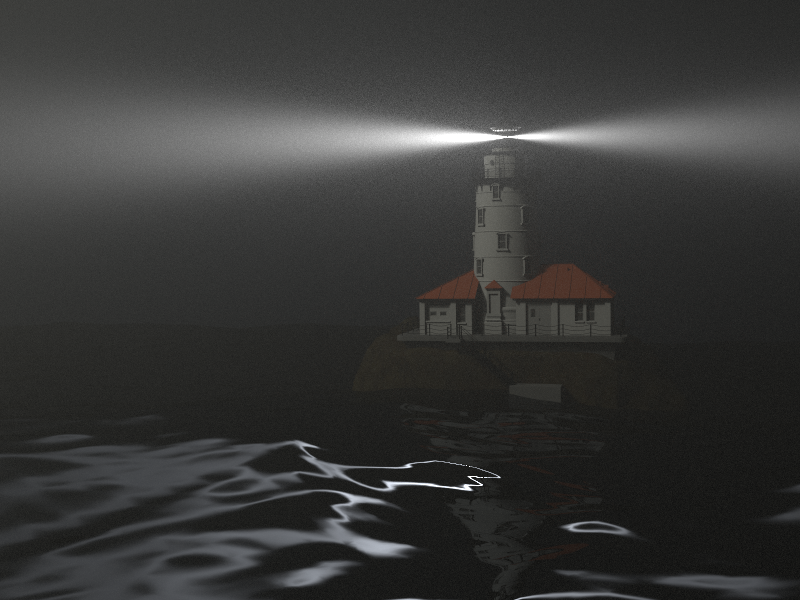
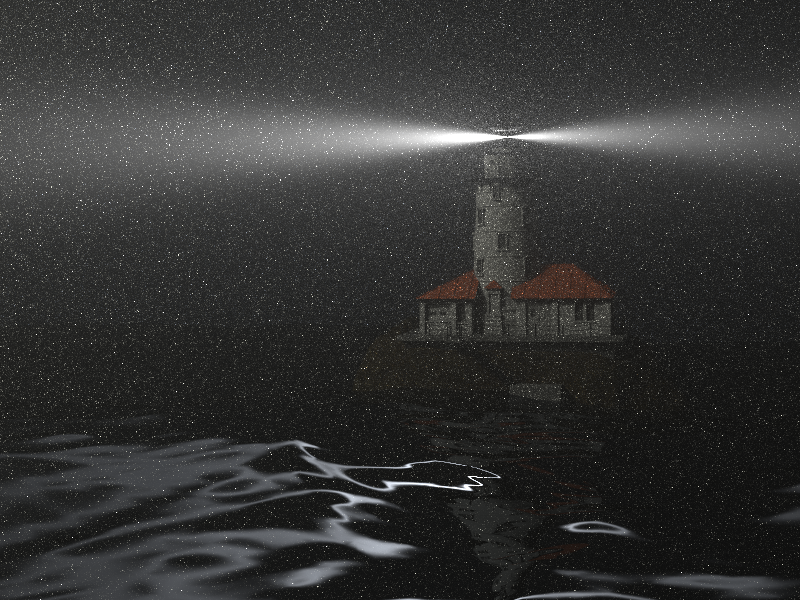
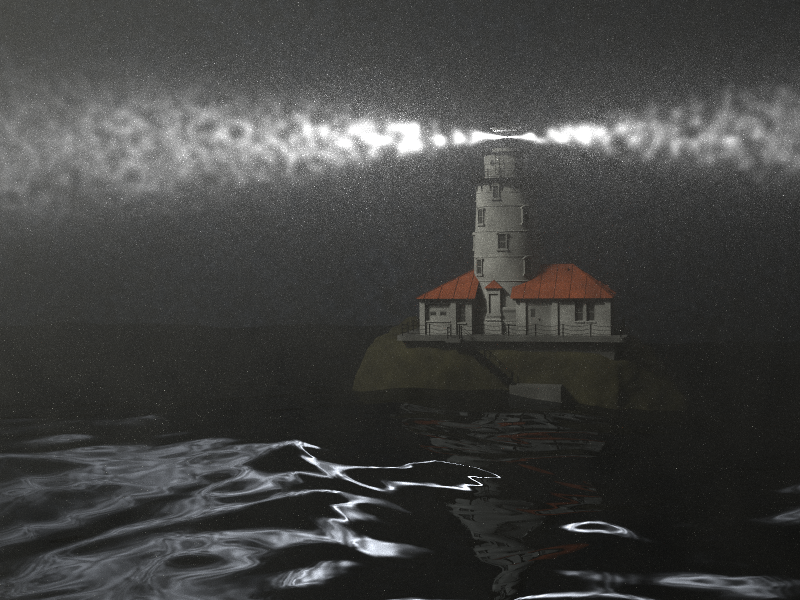
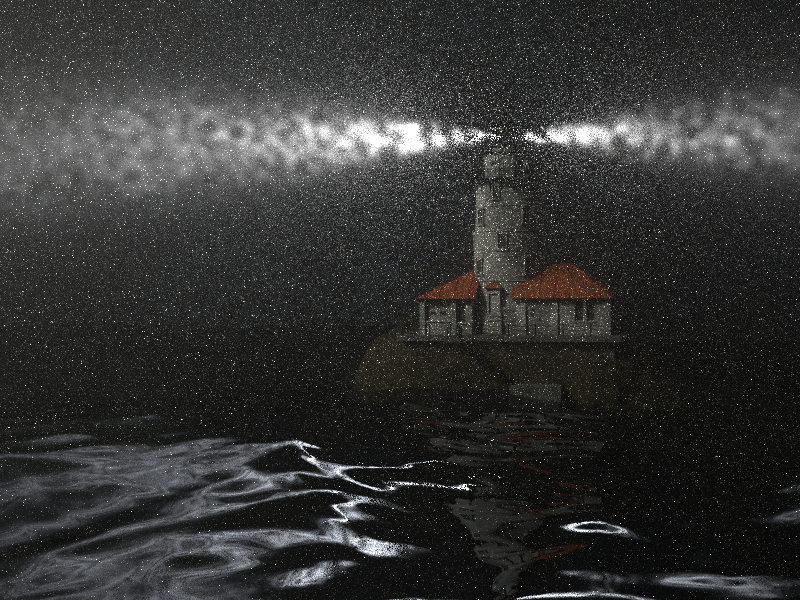
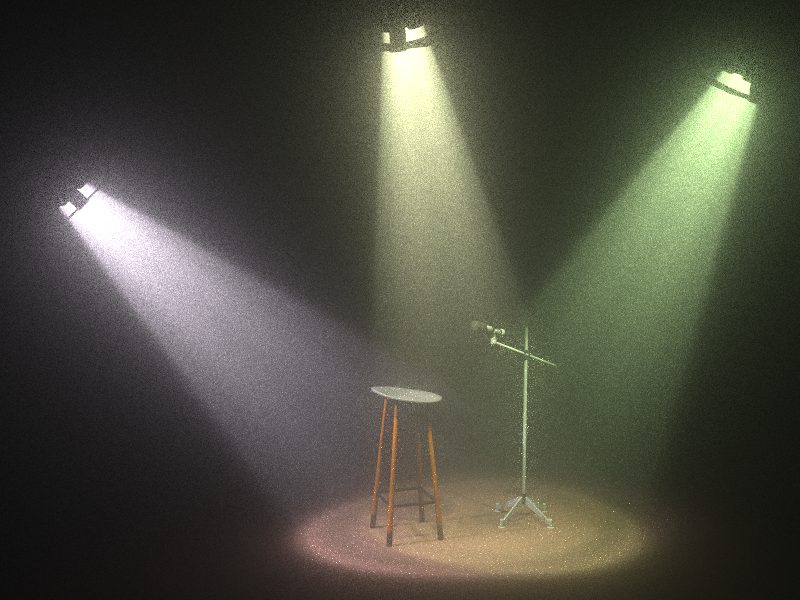
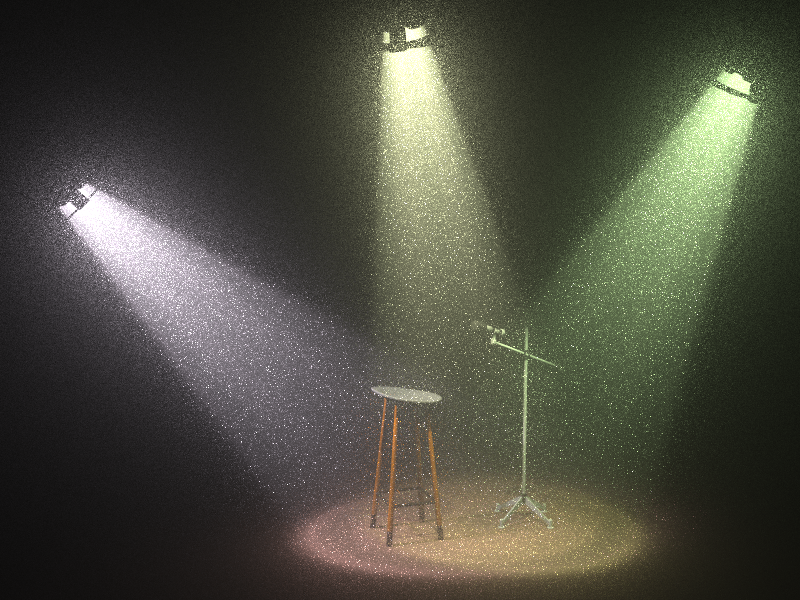
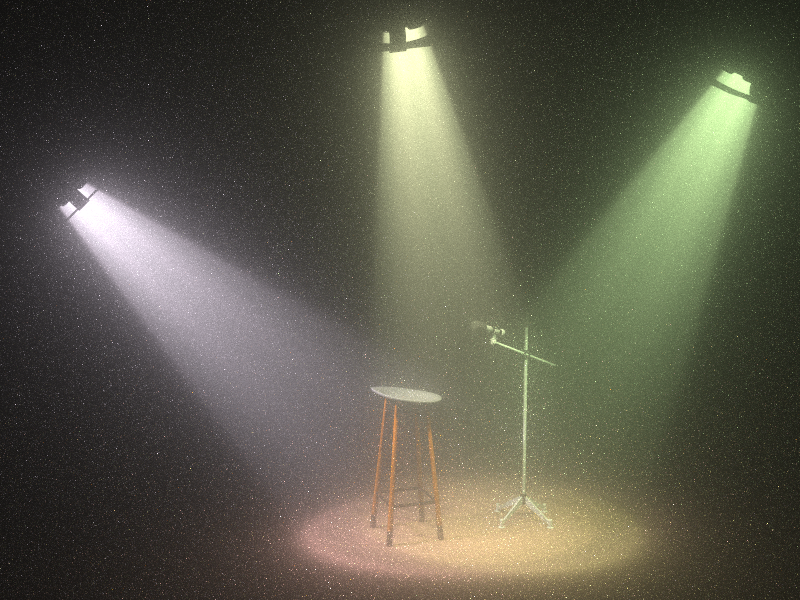
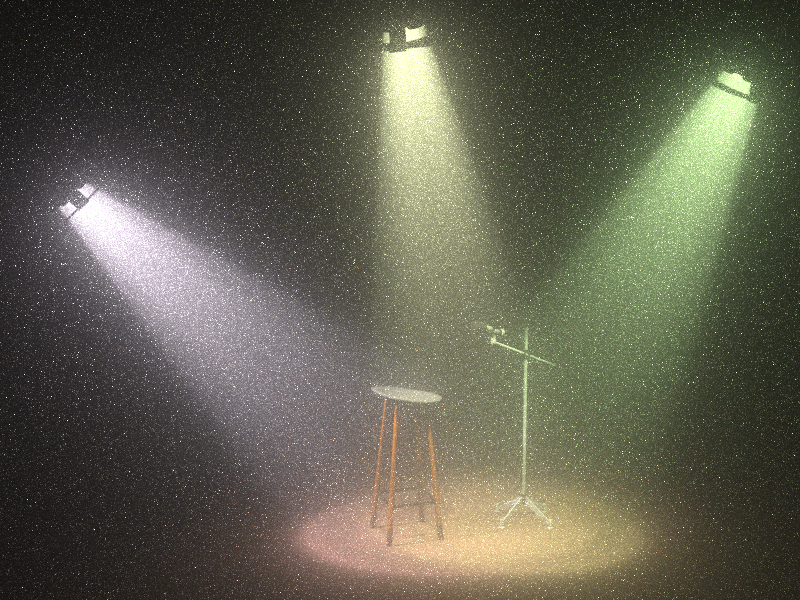
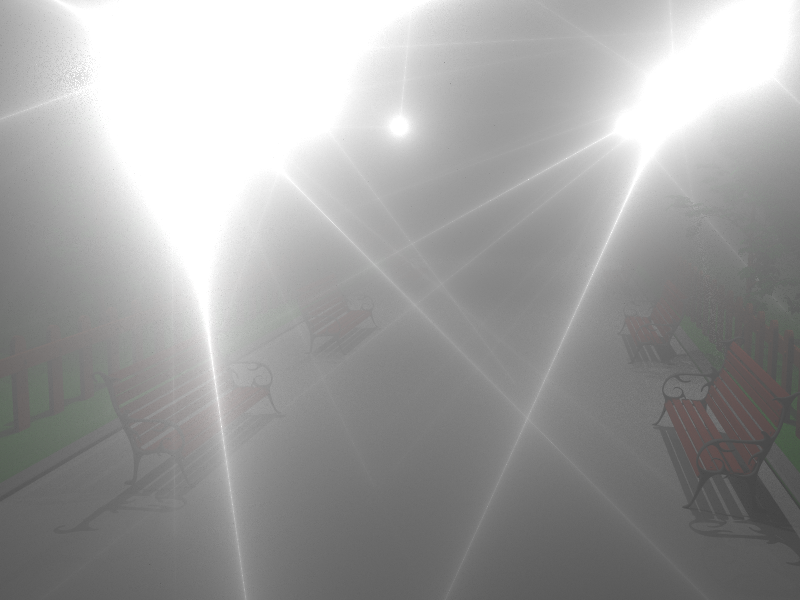
![Novak et al. [2012] (2-conn.)](Park/Correlated_Novak_10min.png)
